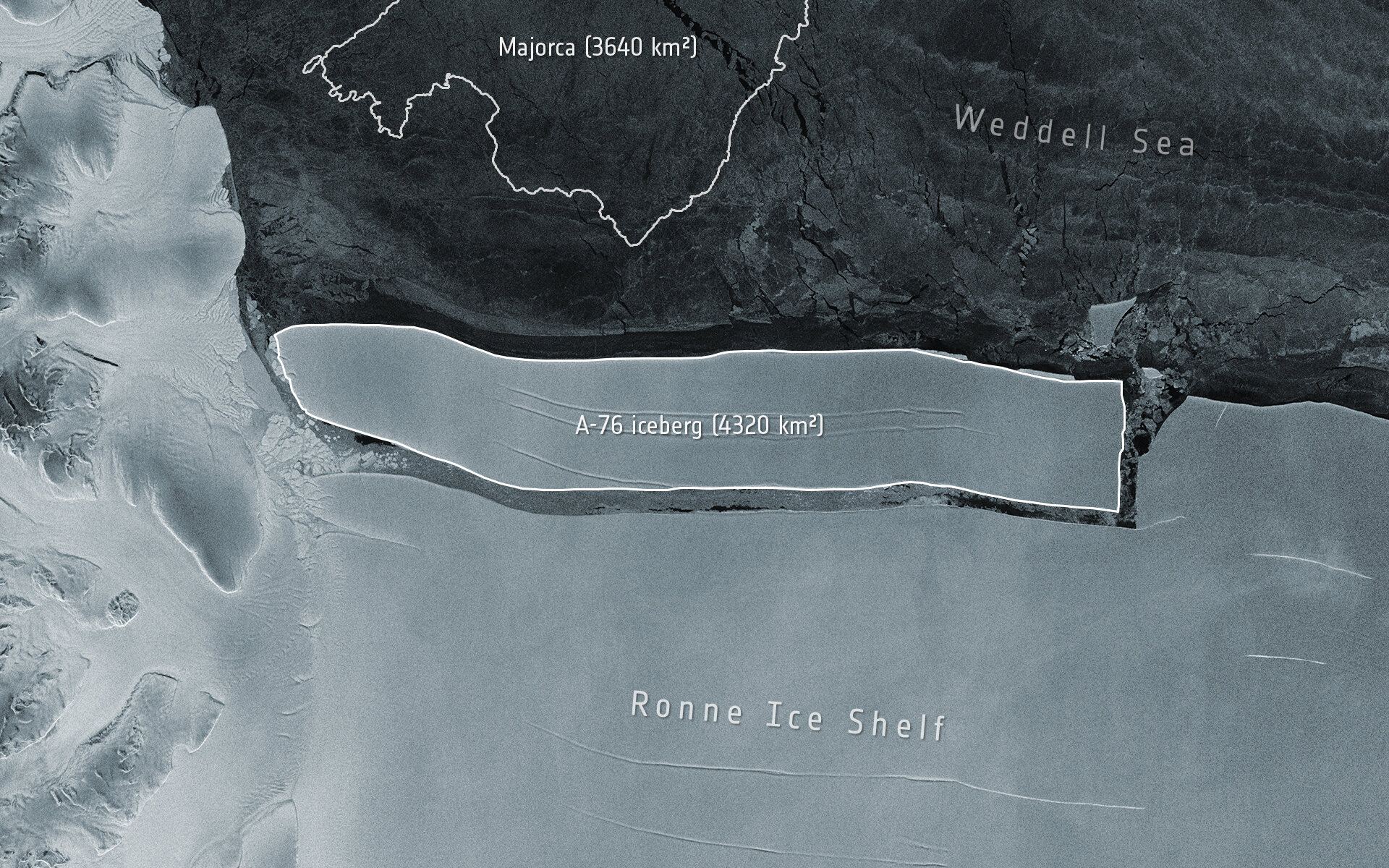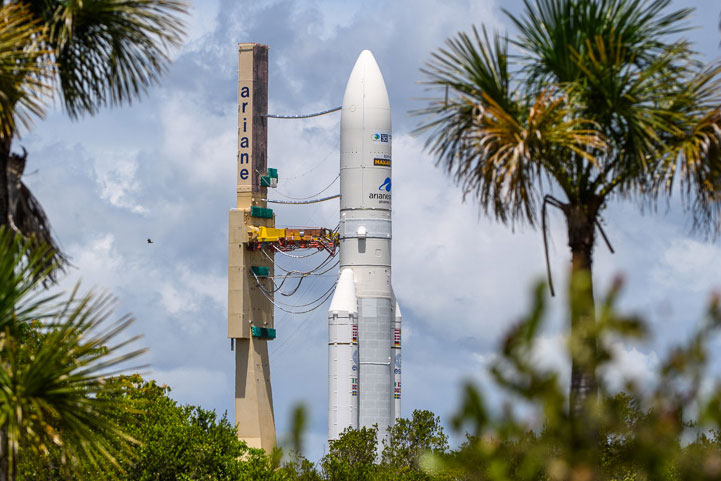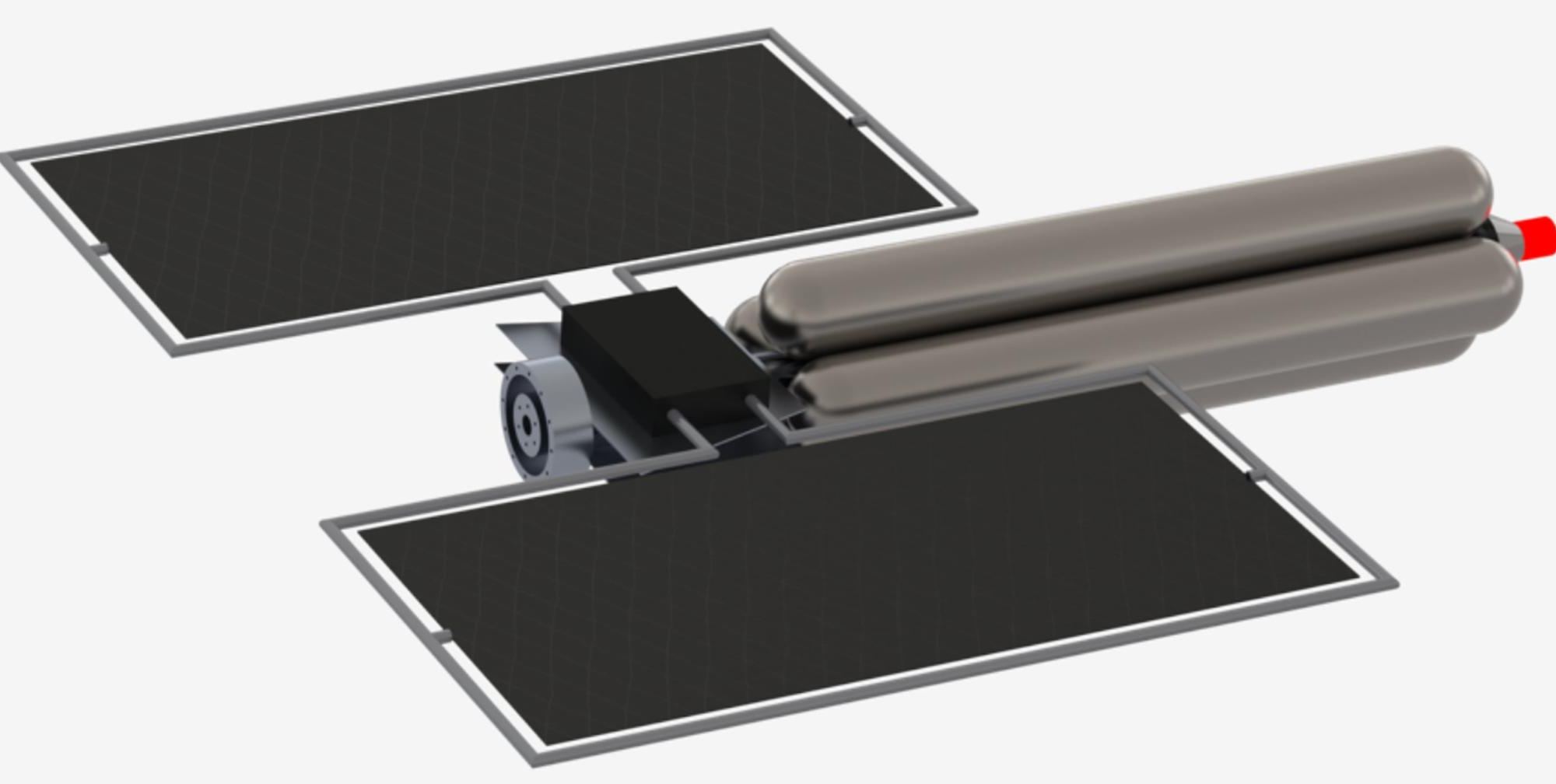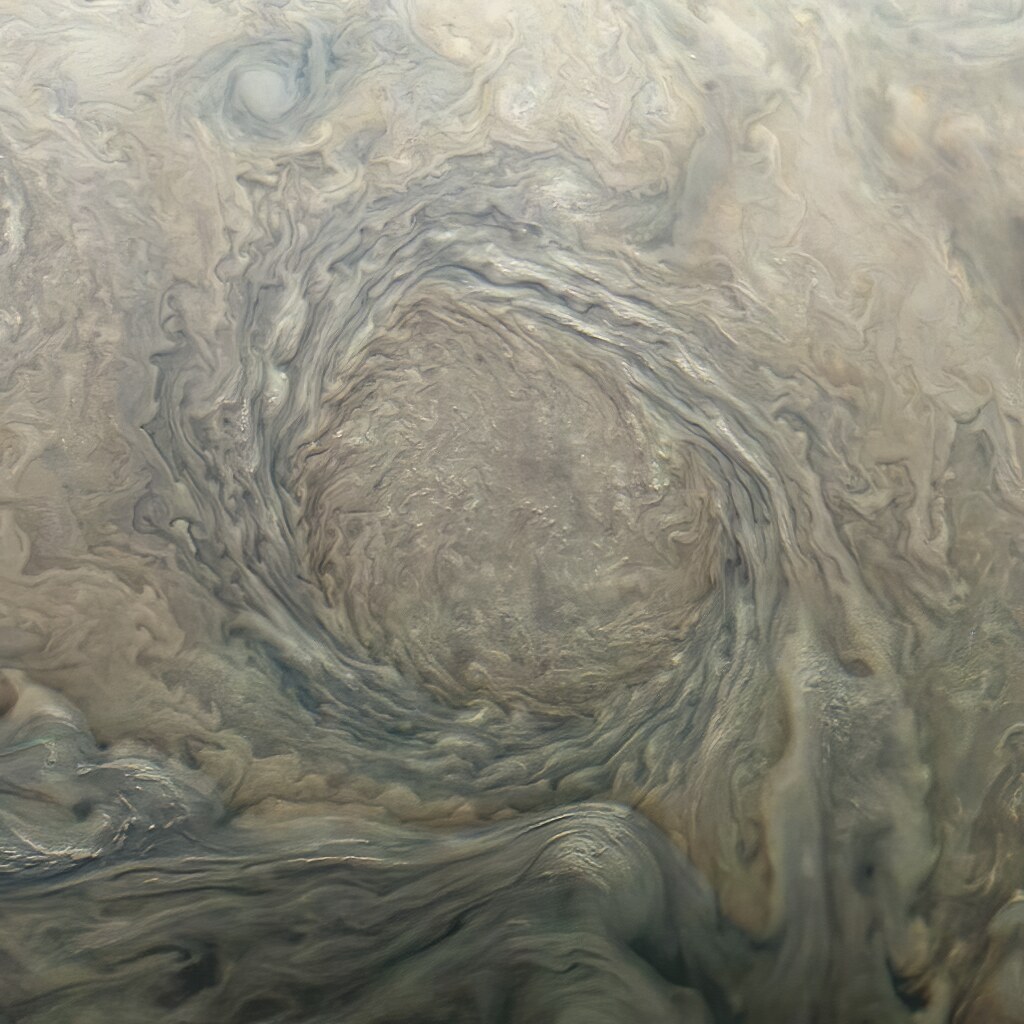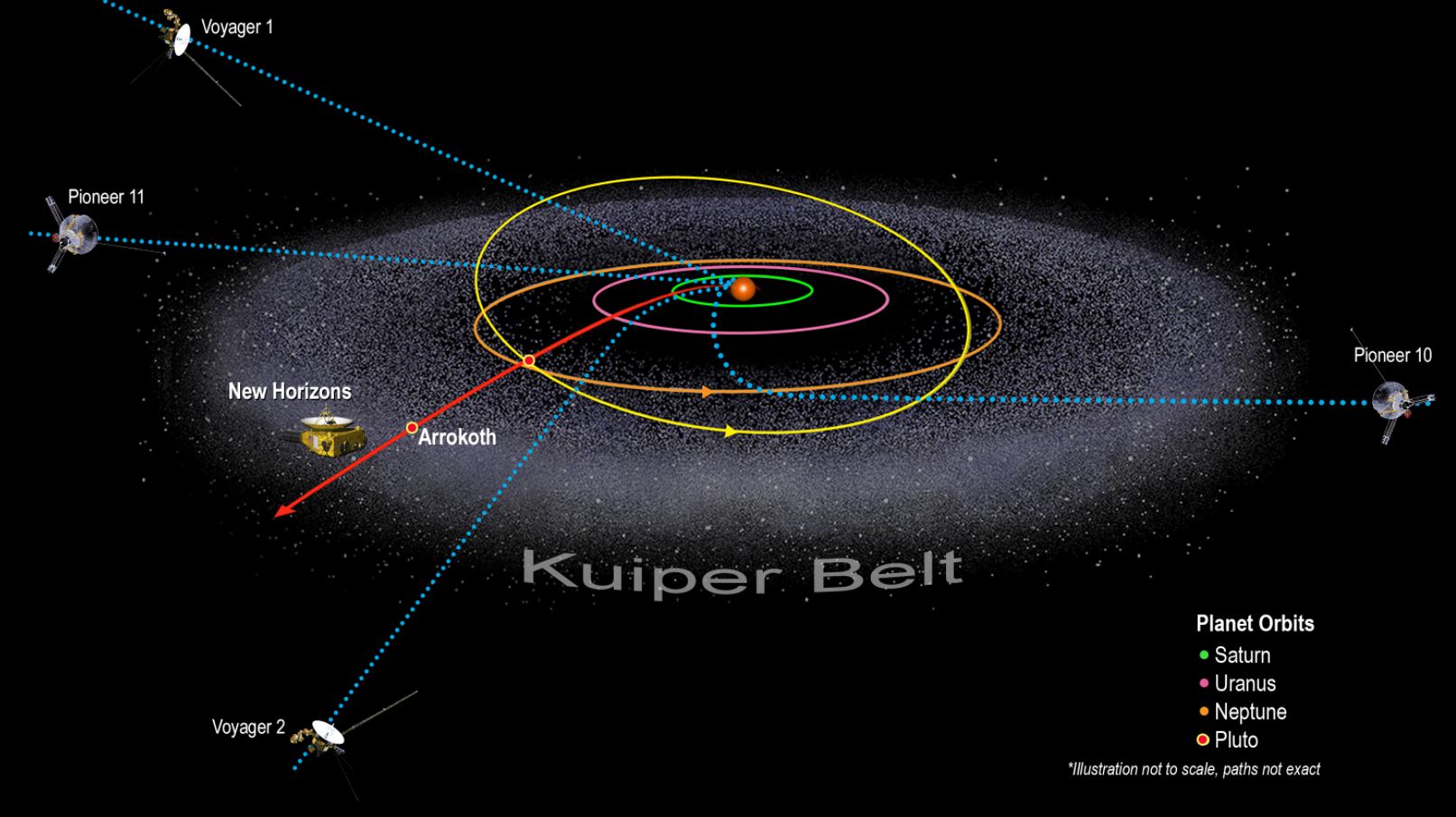Officials from NASA and ESA this acknowledged the launch of the James Webb Space Telescope will very likely be delayed from the end of October to at least mid-November, 2021. As we reported last month, the usually reliable Ariane 5 has experienced problems on two previous launches where unexpected vehicle accelerations occurred when the fairing separated from the rocket. The fairing is the nose cone used to protect a spacecraft payload during launch and acceleration through Earth’s atmosphere.
“Indeed, there was an anomaly which has been mentioned recently in the media,” said Daniel de Chambure, acting head of Ariane 5 adaptations, during a media briefing on JWST. “The origin of the problem has been found; corrective actions have been taken.”
Continue reading “Another Delay for Webb, But This Time it’s Because of the Rocket, Not the Telescope”


